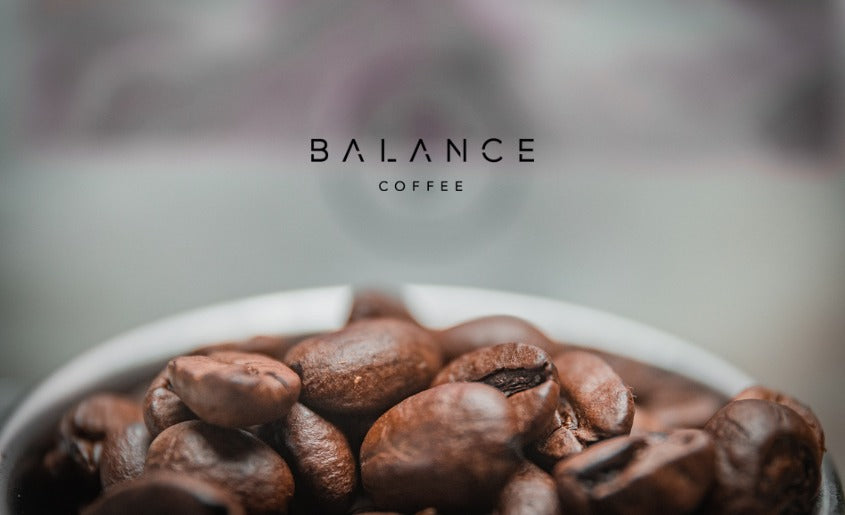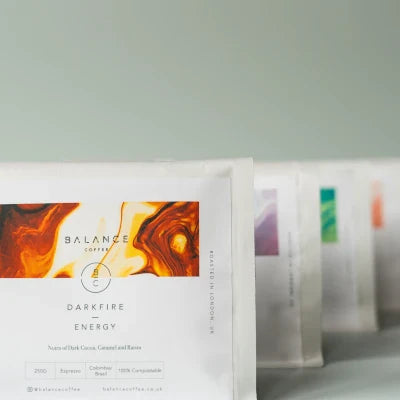Balance Blog

Best List
Best Coffee Roasters Belfast UK 2024 (New Picks)
Looking for the best coffee roasters in Belfast is more than just about great taste.
It’s about quality, ethics, and value—knowing that your morning cup isn’t just delicious but also responsibly so...

Best Lists
Best Coffee Roasters Manchester UK 2024 (Quick Expert Pick)
Which are the best coffee roasters in Manchester UK?
It’s no secret that I have spent more than a decade in the coffee industry, but let me tell you this; it’s been quite the love story.
Every sip...

Best Lists
Best Coffee Roasters Liverpool UK 2024 (Updated)
What are some of the best coffee roasters in Liverpool UK?
As a coffee barista with 12+ years entrenched in the UK's buzzing coffee world, I've experienced the joy of sampling great cups from an ar...

Best Lists
Best Coffee Roasters Leeds UK 2024 (A Barista's Pick)
What are some of the best coffee roasters in Leeds UK?
I was in Leeds last month and visited Laynes Espresso; I needed coffee, so I grabbed one from them without thinking twice. Great guys with am...

Best Lists
Best Coffee Roasters Bristol UK 2024 (New Power)
The best coffee roasters Bristol? what brands made the list?
Hey there, coffee lovers! Looking for the ultimate caffeine fix in Bristol, UK? Well, look no further because I've got the inside scoop ...

Best Lists
6 Best UK Christmas Gifts: Balance's 2024 Guide
Welcome to our 2024 gift guide for coffee lovers. Thankfully, you're in good hands and no longer have to fuss over what coffee products are the best coffee Christmas gifts for friends and family, ...

Best Lists
Best Low Acid Coffee 2024 (Complete Expert Guide)
Let me guess, you searched for 'low acid coffee' on google because unfortunately, regular coffee doesn't really agree with your stomach?
Don't worry, it's a common problem for lots of people. It's ...

Best Lists
Best Coffee Beans For Chemex 2024 (Only One Clear Winner)
What is the best coffee for chemex brewing in the UK? The best chemex coffee in the UK is the Balance single origin taster pack. It offers a fruity, floral, sweet taste with notes of milk chocolate...

Best gifts for coffee lovers UK
50 Best Gifts For Coffee Lovers In The UK (2024)
What are the best coffee gifts for coffee lovers in the UK? For many individuals, coffee is just a casual sip in the am.
But for some, it is a passion, a personality attribute, a pastime — a lifest...







